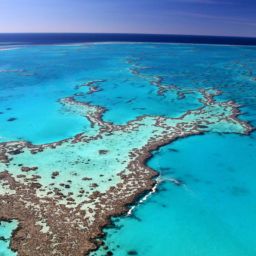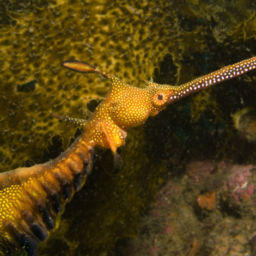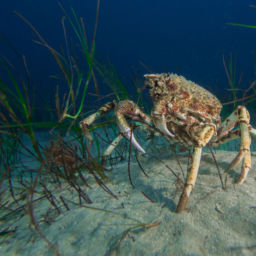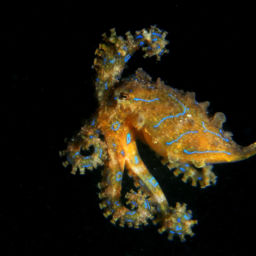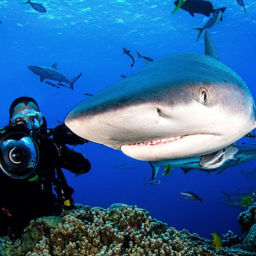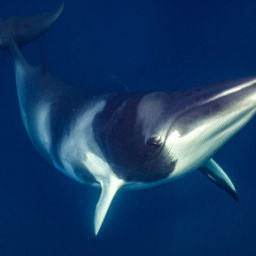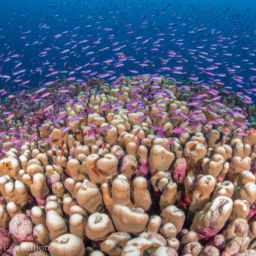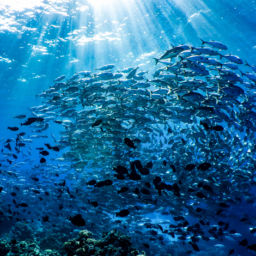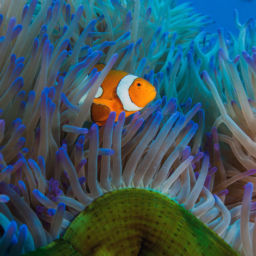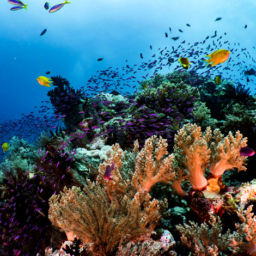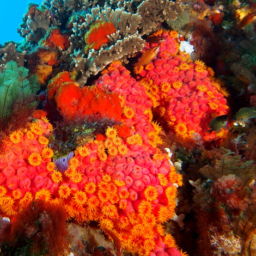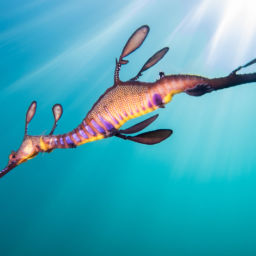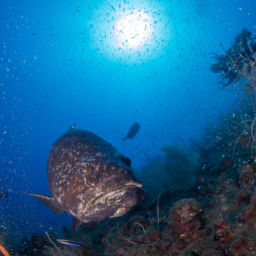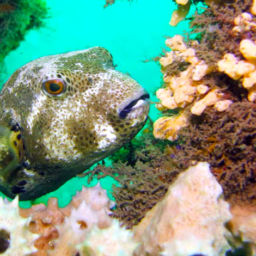Over the two years of Covid-induced border closures, Australians discovered that diving in their own backyard is pretty darn good. Now that borders have opened, it’s time to share our best secrets with the rest of the world. Here’s some of Australia’s best local diving, state by state.
Queensland
Ribbon Reefs and the Coral Sea
There’s never been a better time to dive the pristine, rarely-visited dive sites of the Ribbon Reefs and the Coral Sea — you’ll be sharing them with a very small group of divers. Both Mike Ball Dive Expeditions and Spirit of Freedom dive liveaboards have three-, four- and seven-day itineraries departing every week to the Ribbon Reefs, Coral Sea, Osprey Reef (Shark City), as well as Holmes and Bougainville Reefs.
Each year there are also a number of exploratory expeditions, visiting Horne Island and the far northern reaches of the Great Barrier Reef, and diving the incredible Yongala wreck — but these trips book out months (sometimes years) in advance so you need to plan ahead.
Cairns Outer Reef by liveaboard
Pro Dive Cairns and Divers Den run flexible itineraries to the Outer Reef each week. Choose from one-, two-, three- and four-night trips diving a variety of reefs including Saxon, Norman and Hastings Reefs. The trips include four to five dives per day, including exciting night dives with reef sharks. You will encounter a wide diversity of marine life including giant clams, turtles, stingrays, reef sharks, an incredible variety of tropical fish, spectacular coral formations and consistent underwater visibility.
Minke Whale Magic
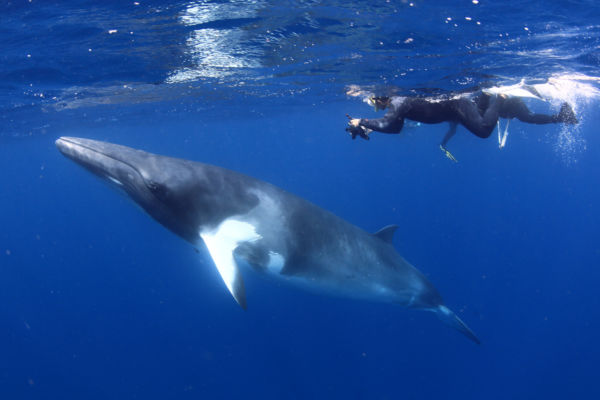
During June and July each year, dwarf minke whales visit the northern Ribbon Reefs to breed and now Mike Ball, Spirit of Freedom, Divers Den and Pro Dive all offer three- to four-day liveaboard trips for an in-water encounter with these friendly and inquisitive cetaceans. This a passive encounter, in which 26-foot (8 m) baleen whales approach snorkelers, for a truly magical experience. This is the only place in the world you can experience an encounter like this.
Townsville and Magnetic Island
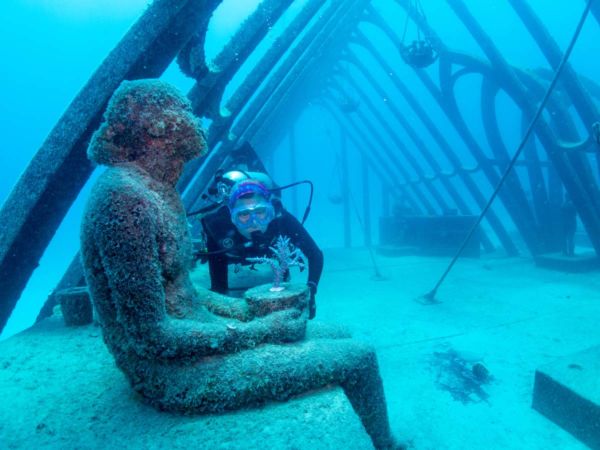
In recent years the stunning central Great Barrier Reef has played second fiddle to the reefs out from Cairns and Port Douglas, but there are two great reasons to rediscover beautiful reefs such as John Brewer and Lodestone: the 100-year-old wreck of the Yongala and world-famous sculptor Jason deCaire’s underwater installation; the Museum of Underwater Art (MOUA). Dive it by liveaboard with Adrenalin Dive, based in Ayr with Yongala Dive, or base yourself on beautiful Magnetic Island.
Heron Island
Heron Island is in the Southern Great Barrier Reef, and you reach it via helicopter or ferry from Gladstone, Queensland. Heron Island is most famous for its spectacular coral reef and as a sanctuary for a wide variety of marine life. Accommodation ranges from rooms set among a leafy forest, to beachside rooms with immediate access to crystal-clear waters teeming with nesting turtles, reef fish, turtles, rays, reef sharks, and more. The 20 nearby dive sites are easily accessible by boat within minutes of the jetty.
Lady Elliot Island
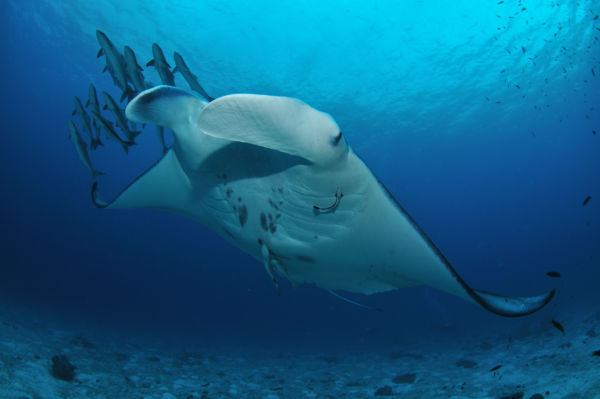
Lady Elliot Island is one of those rare gems that exist through the serendipitous combination of location and human intervention. Location is important as the island is just 6 miles (10 km) from the edge of the continental shelf and the East Australian Current. This translates to frequent pelagic action such as manta rays, migrating whales and nesting grounds for green and loggerhead turtles. And human intervention? Lady Elliot Island sits within the Green (no take) Zone of the Great Barrier Reef Marine Park, which is why the corals are in perfect condition and over 1,000 marine species can be found in the waters around the island.
New South Wales
Lord Howe Island
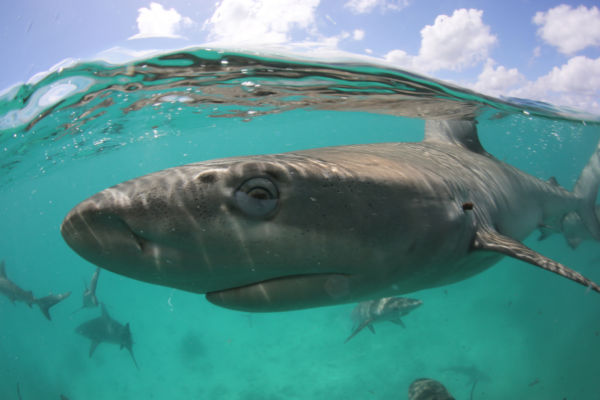
Imagine you had to design the perfect place for an adventurous scuba diver to escape to for a week’s diving vacation. You’d probably go for an island, maybe where tropical, sub-tropical and temperate ocean currents converge, a nice long reef around a lagoon, so you could dive and snorkel inside the lagoon, and explore more adventurous stuff outside in the gullies and arches. Then you’d probably give the island some sharp drop-offs, and maybe add a few small islands around to create a variety of dive sites. You could not design a more magnificent setting if you tried. The island has limited capacity, so is booked up quickly (especially now) with many divers returning annually
Plus! Ever thought of becoming a PADI certified Exploratory Diver? Lord Howe Island is the only place you can do this.
Julian Rocks
Among the regular species found year-round at Julian Rocks, a 10-15 minute boat ride from Byron Bay, are wobbegong sharks, eagle rays, cuttlefish, king fish, trevally, mulloway, and three different species of sea turtle: loggerhead, green, and hawksbill. There is an abundance of hard and soft coral as well. You can also see manta rays, gray nurse sharks, and leopard (also called zebra) sharks at various times throughout the year.
Nelson Bay
Whether you’re interested in the big stuff or teeny, tiny macro delights, you’ll find them here in Nelson Bay, Port Stephens, which has long been a popular NSW seaside retreat. Some locals will tell you that if you haven’t dived North Rock or Looking Glass (think large schools of gray nurse sharks), you don’t deserve to call yourself a real diver. Others opt for Fly Point or Pipeline, which feature nudibranchs, seahorses, and all sorts of macro wonders.
Jervis Bay
Weedies, whales and the world’s whitest sand—Jervis Bay is three hours’ drive south of Sydney, and it’s already Insta-famous for having the world’s whitest sand at Hyams Beach. And the underwater world in the bay itself is pretty special as well. With over 60 dive sites, divers can expect to see weedy sea dragons, wobbegongs, gray nurse sharks, Port Jackson sharks, beautiful sponge gardens and potentially humpback whales, depending on the season.
Coffs Harbour
Coffs Harbour diving opportunities include the marine reserves of the Solitary Islands; South Solitary Island in particular. There, among boulders, walls and gutters, you will see anything from mantas to handfish, and everything in between. At nearby Split Solitary, among coral and kelp, you will see many species of resident fish, as well as eels, turtles and gray nurse sharks. In season (May to September) you can also swim with migrating humpback whales.
Western Australia
Whale Sharks and Whales at Ningaloo Reef
Swim with whale sharks and humpback whales and dive Ningaloo Reef with Exmouth Dive & Whalesharks. The Coral Coast’s Ningaloo Reef is a pristine aquatic wonderland that is home to an abundance of marine life, including dolphins, manta rays, turtles, humpback whales and, of course, the whale sharks. Exmouth Dive & Whalesharks are whale shark tour pioneers, with the experience, knowledge and reputation that will ensure that your day will be unforgettable.
Exmouth Navy Pier
Also based at Exmouth, Dive Ningaloo is the only dive center with access to world-famous dive site Exmouth Navy Pier, voted as one of the top 10 dive sites in Australia and one of the top shore dives in the world.
Rowley Shoals
The Rowley Shoals are a chain of three spectacular, pristine coral atolls that rise up from the ocean floor 1,300 feet (400 m) below on the very edge of Australia’s continental shelf, creating one of the most remote dive locations in Australia. Diving Rowley Shoals is seasonal, with trips only available around October each year. Dive among the giant clams, shellfish, giant potato cod and Maori wrasse. Trevally, mackerel, and tuna hover in large schools around you, and you can discover over 200 species of coral and over 650 species of fish. Visibility in excess of 200 feet (60 m) is common.
Christmas Island
Dive Christmas Island, Australia’s own Galapagos in the Indian Ocean, with pristine coral reefs and plenty of pelagic action, including schools of silky sharks, mantas, eagle rays and whale sharks. Being so remote, you’ll be diving with small groups, with reefs, forests of enormous gorgonian fans, and plenty of sea caverns to explore. Plus, during surface intervals, swim with spinner dolphins.
Cocos Keeling Island
Dive Cocos Keeling Island—a little jewel in the Indian Ocean, with pristine coral reefs and mantas, eagle rays, schooling reef sharks, pods of dolphins, a resident friendly dugong called Kat — and (officially) Australia’s most beautiful beach at Direction Island — is also home to one of the world’s best drift snorkels.
South Australia
Neptune Islands
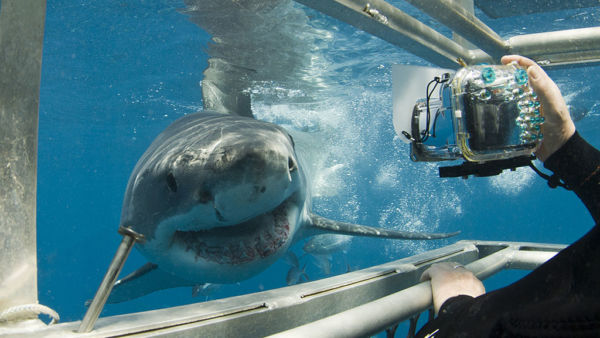
To see a great white shark in the wild is absolutely grand and rare, but to come face to face with one underwater is one of the most exciting experiences available to divers today. Come and ‘hunt with cameras’ the world’s best-known and most-feared shark with the world’s best: Rodney Fox Shark Expeditions. On a four-day liveaboard trip you will also encounter New Zealand fur seals and an abundance of bird life, dolphins and other unique fish and wildlife.
Fleurieu Peninsula
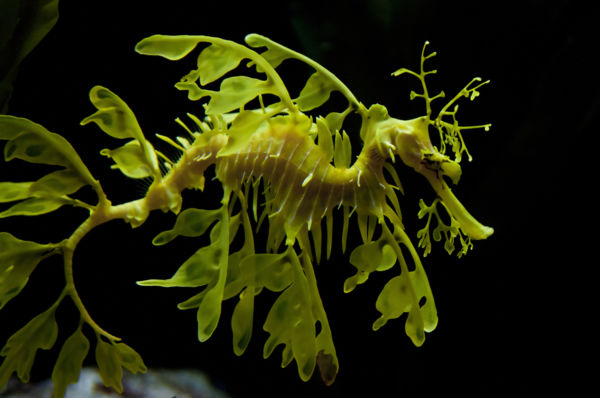
The beautiful Fleurieu Peninsula is home to one of the world’s most unique species of marine life, the leafy seadragon. These stunning creatures are found nowhere else in the world except the Great Southern Reef of Australia.
Whyalla
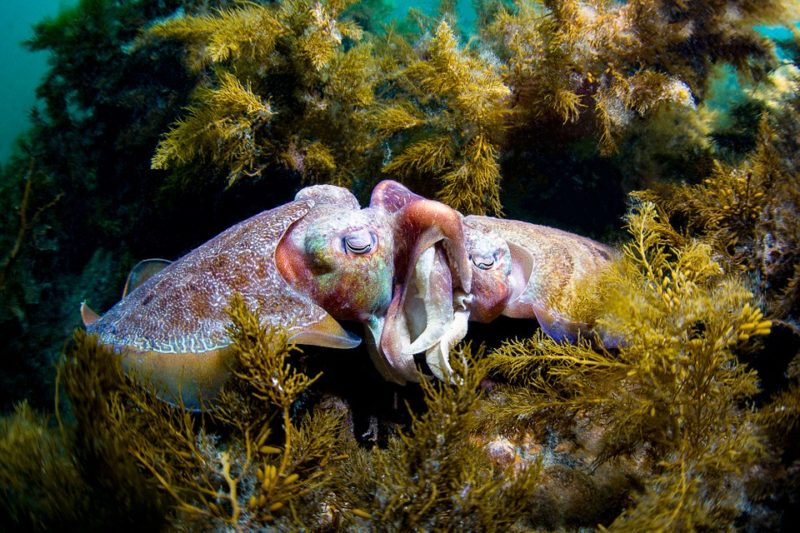
Each winter, tens of thousands of Australian giant cuttlefish gather to mate and spawn. This mass event happens nowhere else in the world. These cuttlefish are endemic to South Australia and have a very short life cycle of two years, which means the need to mate in such large numbers to ensure the success of generations to come.
Kangaroo Island
Kangaroo Island is a nature lover’s dream. With large, resident pods of bottlenose dolphins, it is the ideal location to immerse yourself with these playful mammals. Shore diving at Kingscote Jetty will also reveal a wide array of macro wonders, from blennies and angler fish to the odd leafy sea dragon.










